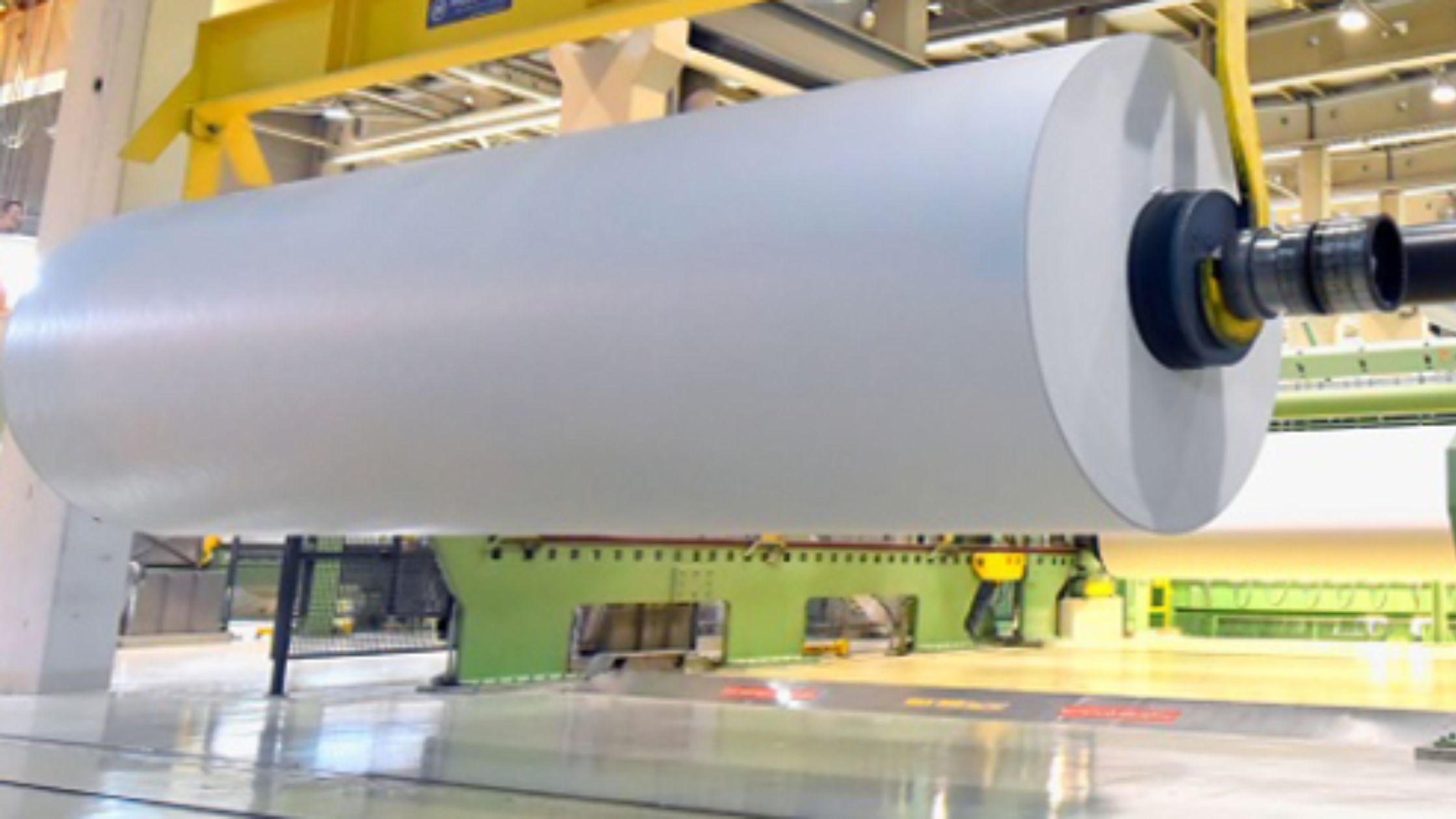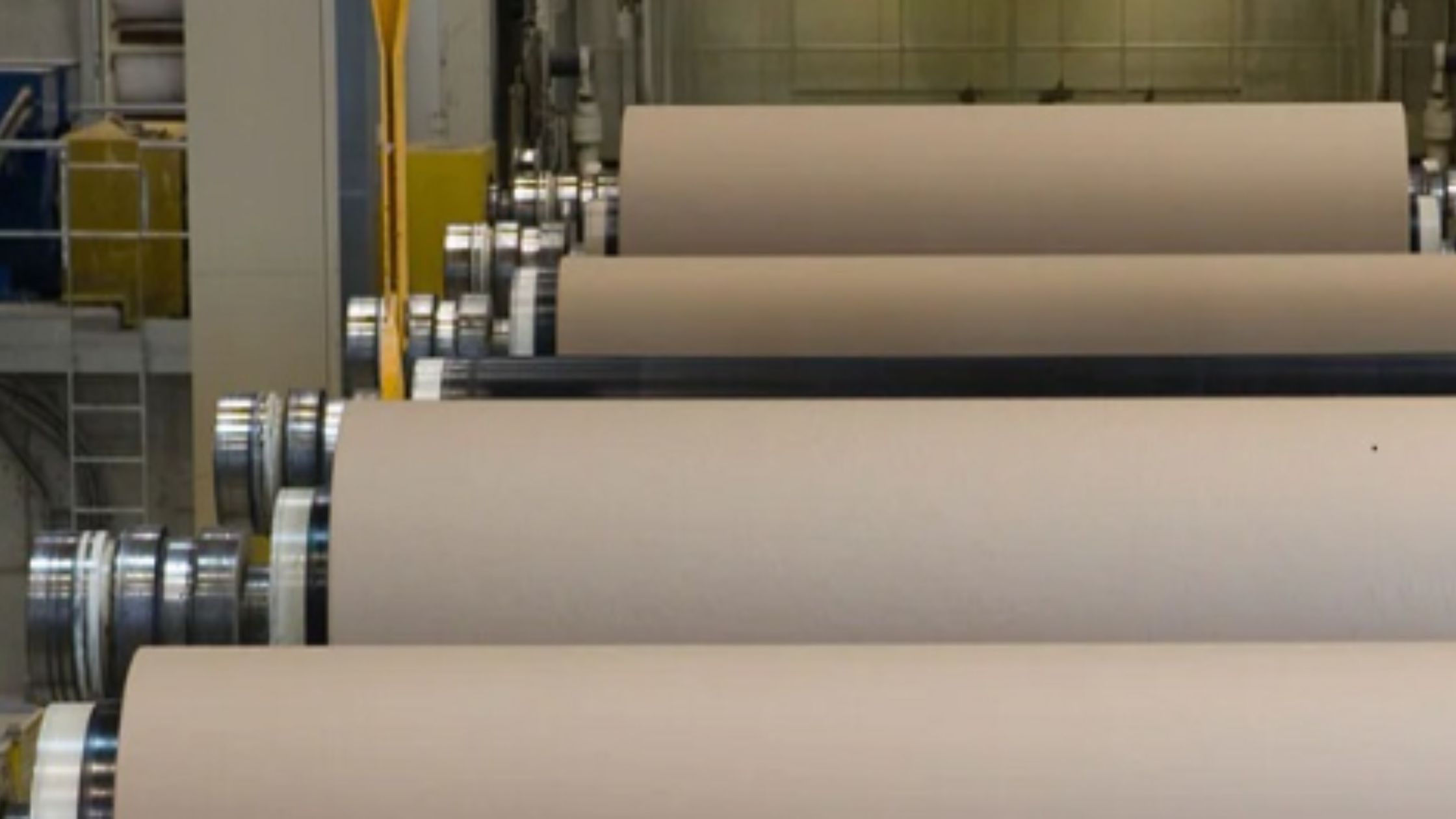When you think about the paper products you use every day, have you ever wondered how they are developed? Paper products go through a lengthy and complicated process before they are ready for consumers. Many common household items can be recycled, but most people don’t realize it. For example, did you know that you can recycle paper towels, napkins, and even paper plates?

In this blog post, we’ll take a look at some of the common paper products that can be recycled. We’ll also dispel some of the myths about what can’t be recycled. By the end of this post, you’ll have a better understanding of what asia pulp and paper facilities products can be recycled and how to recycle them.
The first step in developing paper products is to select the raw materials. Cellulose fibers, which come from plants, are the most common type of raw material used to make paper. Once the raw materials are selected, they must be processed to create the pulp that will be used to make the paper.
After the pulp is created, it is time to begin the process of making the paper. Paper is made by passing the pulp through a series of rollers and screens. The pulp is then dried and pressed to create the desired thickness and texture of the paper.
Once the paper is made, it must be cut into the desired shape and size. Paper products are then ready to be used by consumers.
What Is the Raw Material for Paper?
Wood pulp is the most often used material in the production of paper. Cotton, linen, flax, and hemp are some of the additional materials used to manufacture paper. Papyrus and parchment were some of the additional materials once used to make paper. Even today, a multitude of materials, each with specific qualities, are used to create paper.
Cellulose fiber, which comes from plants, makes up the raw paper material. One of the most plentiful natural resources on Earth is cellulose fiber, which is essential to the structural integrity of plant cell walls. There are several uses for cellulose-based paper that are both sturdy and long-lasting.

What Chemicals Are Used in Paper Production?
The process of making paper is intricate and requires a variety of chemicals. These substances are used to change the characteristics of the paper and guarantee that the final product complies with the criteria. The paper industry uses a range of chemicals to manufacture paper and paperboard products. In this blog article, we will look at some of the most prevalent chemicals used in paper production. These substances in clude dyes, fillers, pigments, resins, bleaches, and sizing agents. Paper and paperboard can be made whiter by using bleach. Paper and paperboard are colored using dyestuffs Fillers are used to increase the stiffness and bulk of paper and paperboard, among other physical characteristics. Opacity and brightness are provided by pigments. Paper and paperboard are strengthened and made more water-resistant using resins. Sizing agents are used to make paper and paperboard smoother and more printable.
What Paper Products Can Be Recycled?
As people have grown more conscious of the effects that paper production has on the environment, recycling paper goods has grown in popularity. Newspapers, periodicals, office paper, cardboard, and wrapping paper are all examples of paper goods that can be recycled. Recycling paper goods saves energy, lessens pollution, and lessens the number of trees that must be cut down.
According to the Environmental Protection Agency (EPA), about 70 percent of the waste that Americans generate every day is recyclable. Unfortunately, we only recycle about 30 percent of it. It’s not that we don’t want to recycle—it’s that we don’t know how.
